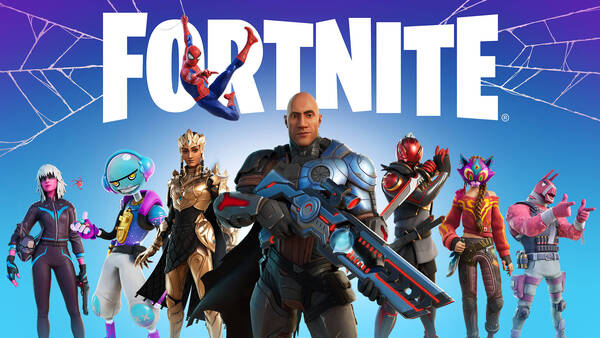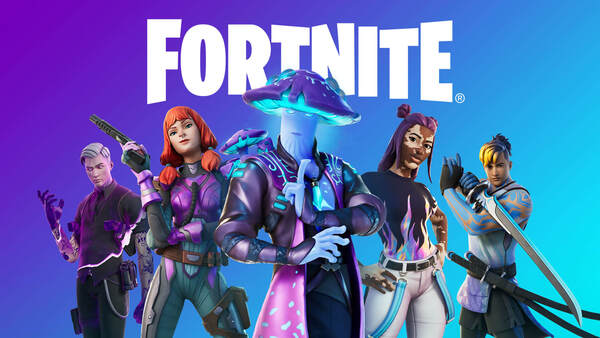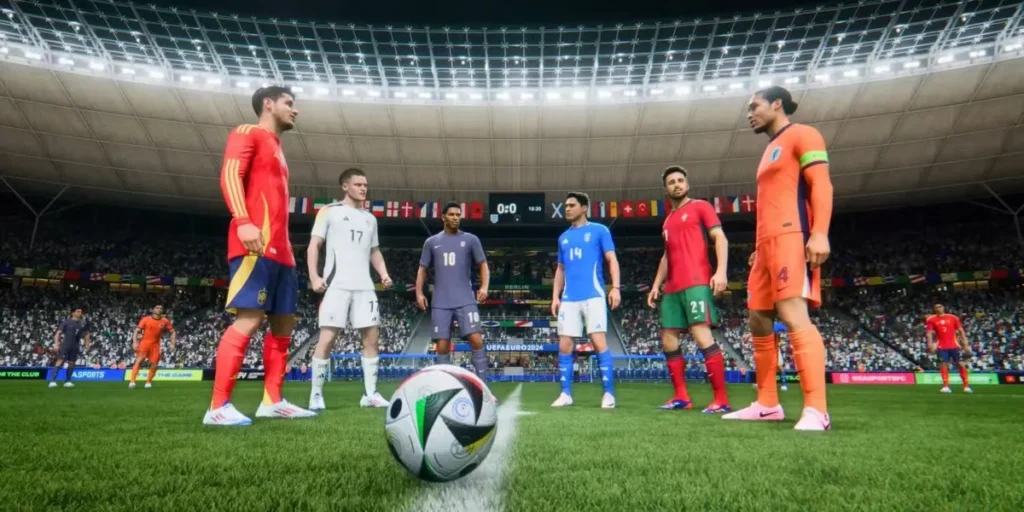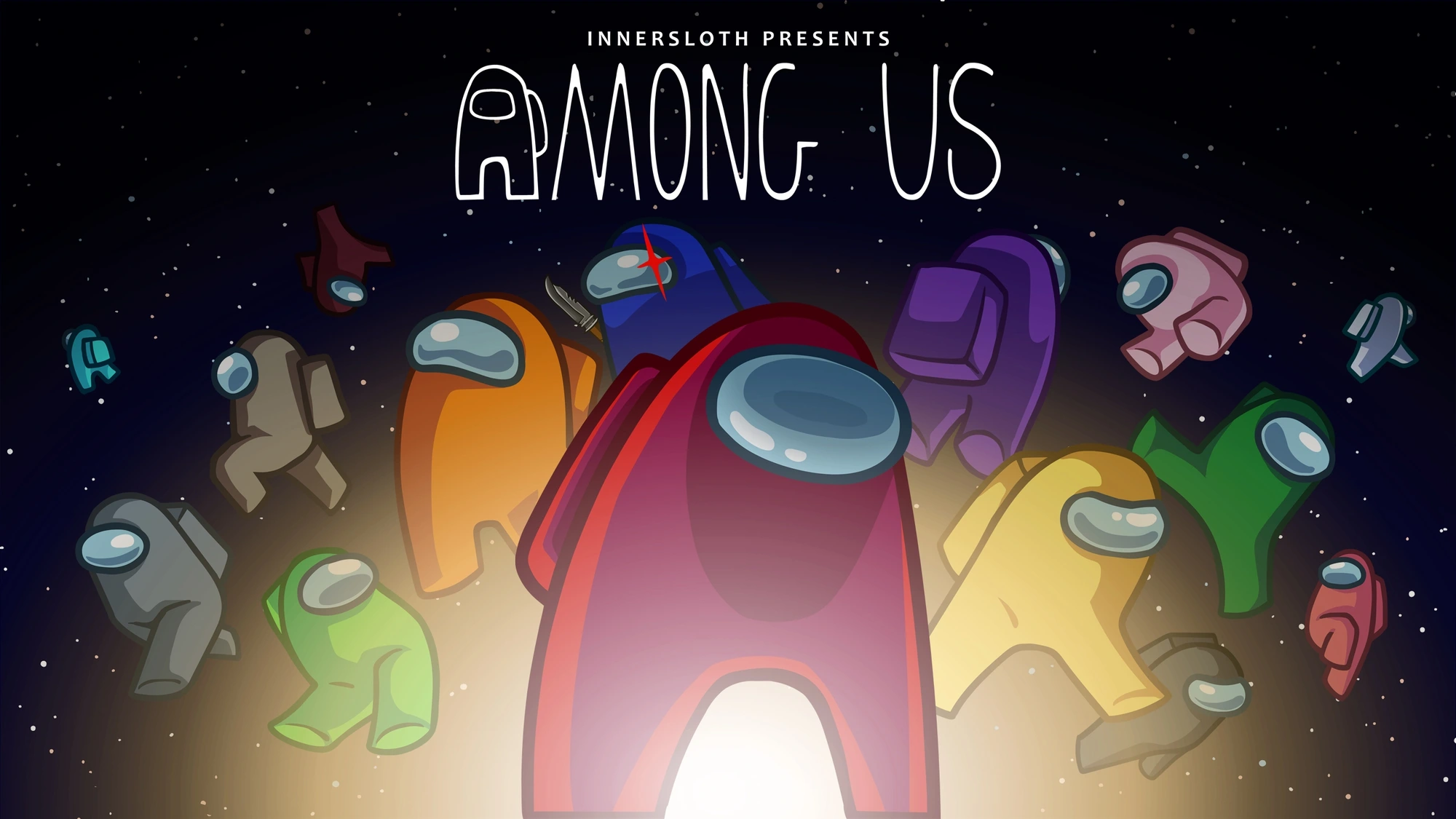Advertisement
Popular Now
Since its release in 2017, Fortnite has become one of the most popular games in the world. What started as a co-op survival game transformed into the wildly successful battle royale mode we know today. Fortnite’s vibrant world, constant updates, and the mix of construction mechanics with fast-paced combat helped it stand out in a crowded market. However, a significant issue in the game’s evolution is the challenge of balancing accessibility for casual players while maintaining a high skill ceiling for competitive players.
In this article, we’ll dive into the complexities of Fortnite's competitive environment. We will explore how its mechanics, updates, and esports scene have created a unique but sometimes contentious ecosystem.
 Fortnite wasn’t originally designed with competitive play in mind[/caption]
Fortnite wasn’t originally designed with competitive play in mind[/caption]
 These content creators often set the meta for fortnite, introducing new strategies and techniques that quickly spread throughout the community[/caption]
Balancing the need for innovation with the demands of competitive integrity is a constant struggle for Epic Games. While casual players often enjoy new content, competitive players sometimes feel updates disrupt the game’s balance, making it challenging to maintain a consistent competitive experience.
These content creators often set the meta for fortnite, introducing new strategies and techniques that quickly spread throughout the community[/caption]
Balancing the need for innovation with the demands of competitive integrity is a constant struggle for Epic Games. While casual players often enjoy new content, competitive players sometimes feel updates disrupt the game’s balance, making it challenging to maintain a consistent competitive experience.
 However, for fortnite to maintain its longevity as a competitive game[/caption]
However, for fortnite to maintain its longevity as a competitive game[/caption]
The Birth of Competitive Fortnite
Fortnite wasn’t initially designed for competitive play. However, the battle royale format naturally lent itself to competition. Early in the game’s history, players were drawn to the unpredictable nature of 100-player battles. While luck plays a role in finding weapons and positioning, player skill quickly became the primary determinant of success. As Fortnite gained popularity, Epic Games recognized the potential for competitive gaming. They introduced tournaments, prize pools, and eventually the Fortnite World Cup. However, the game’s competitive scene has faced challenges, including the need to balance accessibility with the competitive nature that emerged. [caption id="attachment_1634" align="aligncenter" width="600"] Fortnite wasn’t originally designed with competitive play in mind[/caption]
Fortnite wasn’t originally designed with competitive play in mind[/caption]
Building Mechanics: A Double-Edged Sword
One of Fortnite’s unique features is its building mechanic. Players can construct walls, ramps, and other structures in real time during combat. While this mechanic adds strategy and creativity, it also creates a steep learning curve. Building requires quick reflexes and mastery of controls, which can overwhelm new players. At lower skill levels, building might involve simple defensive structures. However, at the highest levels of competition, building becomes an art form. Players can construct elaborate structures in seconds. This discrepancy creates a significant skill gap between casual players and dedicated competitors.The Skill Gap and Casual Play
As Fortnite’s competitive scene grew, so did the skill gap between top-tier players and casual gamers. High-level players mastered building and developed advanced strategies. Techniques like "turtling," "90s," and "box fighting" became essential for winning in competitive modes. However, these strategies alienated casual players who preferred a more laid-back experience. Epic Games faces the challenge of catering to both sides. Competitive players demand skill-based gameplay, while casual players seek a relaxed experience. This has led to ongoing debates about whether Fortnite is too difficult for new players or too simplified for experienced ones.The Introduction of Skill-Based Matchmaking (SBMM)
To address the growing skill gap, Epic Games introduced skill-based matchmaking (SBMM) in 2019. SBMM aims to match players of similar skill levels together. The goal was to create a more balanced and enjoyable experience, ensuring that beginners wouldn’t be overwhelmed by seasoned veterans. While the concept seemed promising, SBMM sparked controversy within the Fortnite community. Many casual players appreciated the change, as it allowed them to face opponents of similar skill. However, higher-level players found it frustrating, as it led to sweatier lobbies, even in non-competitive modes. For some, the fun of casually playing with friends diminished, as every match felt like a tournament.The Influence of Streamers and Content Creators
The influence of streamers and content creators significantly shaped Fortnite’s competitive scene. Popular personalities like Ninja, Tfue, and Bugha showcased high-skill gameplay to millions of viewers. Their play styles have shaped how the game is played at both casual and competitive levels. These content creators set the meta for Fortnite, introducing new strategies that spread throughout the community. Players often try to emulate their playstyles, raising the overall skill level. For better or worse, this exposure has a direct impact on the player base. Many feel intimidated by the skill of top streamers.Esports and the Fortnite World Cup
The Fortnite World Cup, held in 2019, marked a turning point for the game’s competitive scene. With a $30 million prize pool, it was one of the largest esports events in history. The World Cup featured some of the best players competing in solo and duo formats. While the event was a success, it highlighted challenges in making Fortnite a balanced competitive game. The randomness of loot spawns and storm circles, combined with unpredictable player interactions, raised questions about luck’s role in the game. Some argued that these elements added excitement, while others felt they undermined the competitive integrity.Updates and Meta Shifts
One of Fortnite’s defining features is its constant updates. Epic Games regularly introduces new weapons, items, and map changes. However, these updates also create challenges for competitive play. Every time a new weapon or mechanic is added, the competitive meta shifts. For example, the introduction of the B.R.U.T.E. mech in 2019 caused significant controversy. Many players felt it was too overpowered for competitive play. Epic eventually nerfed the B.R.U.T.E., but the incident sparked debates about how quickly developers should respond to community feedback. [caption id="attachment_1635" align="aligncenter" width="600"] These content creators often set the meta for fortnite, introducing new strategies and techniques that quickly spread throughout the community[/caption]
Balancing the need for innovation with the demands of competitive integrity is a constant struggle for Epic Games. While casual players often enjoy new content, competitive players sometimes feel updates disrupt the game’s balance, making it challenging to maintain a consistent competitive experience.
These content creators often set the meta for fortnite, introducing new strategies and techniques that quickly spread throughout the community[/caption]
Balancing the need for innovation with the demands of competitive integrity is a constant struggle for Epic Games. While casual players often enjoy new content, competitive players sometimes feel updates disrupt the game’s balance, making it challenging to maintain a consistent competitive experience.
Creative Mode: A New Avenue for Competitive Play
In 2018, Epic Games introduced Fortnite Creative. This sandbox mode allows players to design their own maps, mini-games, and challenges. Initially seen as a fun distraction, Creative has become vital to Fortnite’s competitive landscape. Many players use Creative to practice building, aiming, and other skills in controlled environments. The mode has also spawned its competitive scene, with players creating and competing in custom-built maps designed for advanced techniques like box fighting. Creative mode offers an alternative to the traditional battle royale format. Players can focus on specific skills without the randomness of loot spawns and storm circles. It has become an essential tool for competitive players looking to improve their mechanics and strategies.Accessibility vs. Competitive Integrity
One of the most significant challenges Epic Games faces is balancing accessibility with competitive integrity. Fortnite is a free-to-play game that attracts millions of casual players. Many of these players may not have the time or desire to master the game's mechanics. Meanwhile, the competitive scene demands a high skill ceiling and consistent balance. Epic has attempted to address this challenge in various ways. They introduced limited-time modes (LTMs) that cater to casual players and tweaked the game mechanics to make it more approachable. However, every change risks alienating one part of the player base. For example, introducing SBMM was meant to make the game more accessible, but it led to backlash from high-level players. They felt it made casual play too intense. Similarly, the removal of certain mechanics, like the double-pump shotgun technique, aimed to level the playing field for newer players but frustrated competitive players who had mastered it.The Future of Competitive Fortnite
As Fortnite continues to evolve, its competitive scene will face new challenges and opportunities. Epic Games has shown a willingness to adapt to community feedback. However, balancing the needs of casual and competitive players remains a complex issue. The rise of alternative competitive formats, such as Creative tournaments and custom lobbies, suggests that Fortnite may expand its competitive offerings beyond battle royale. Additionally, as the game matures, we may see more emphasis on esports events and prize pools, further cementing Fortnite's place in competitive gaming. However, for Fortnite to maintain its longevity as a competitive game, Epic must consider how updates, balance changes, and matchmaking systems impact the overall experience. The game’s constant evolution is both its greatest strength and its most significant challenge. Maintaining a stable competitive environment in a game that is always changing is no small feat. [caption id="attachment_1636" align="aligncenter" width="600"] However, for fortnite to maintain its longevity as a competitive game[/caption]
However, for fortnite to maintain its longevity as a competitive game[/caption]

















